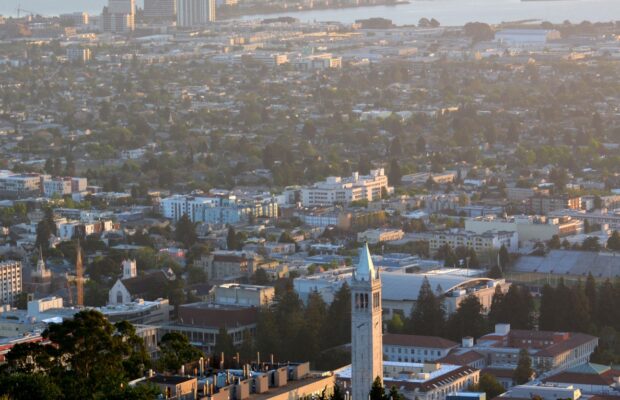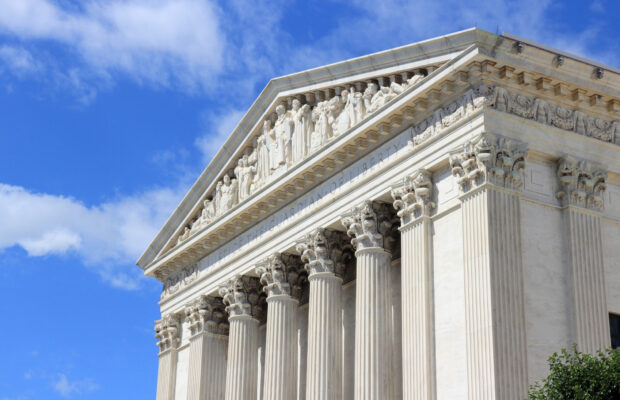Like so much of this unprecedented year, the 2019-2020 California Legislative Session ended with unexpected twists and pointed disappointments as the Assembly and Senate wrestled with the coronavirus pandemic, social distancing protocol, and friction between Assembly and Senate leadership in the final hours of the session, ultimately resulting in a number of highly anticipated housing bills failing to pass. High profile bills that died include SB 995 (extending the former AB 900 expedited CEQA review process for environmental leadership development projects through 2024); SB 1120 (providing ministerial approval and subdivision processes for residential duplexes on single-family zoned lots); and SB 1085 (expanding the Density Bonus Law to include qualifying moderate-income rental projects and student housing projects, among other changes).
Despite the failure to pass key bills, there were some notable developments regarding housing-related bills, several of which are heading to the Governor’s desk for signature. The Governor has 30 calendar days, ending on September 30, 2020, to sign these proposals into law. Key bills include:
AB 2345 (Gonzalez, Chiu): AB 2345 makes a number of important changes to the state Density Bonus Law, which was originally adopted in 1979 and has recently gained traction as a critical tool for increasing housing production across the state. The existing Density Bonus Law requires local governments to grant additional residential density and to provide relief from certain development standards that would result in project cost savings (referred to as “concessions” or “incentives”) for projects that incorporate qualifying amounts of income-restricted units.
Among other changes, AB 2345: increases the maximum density bonus from 35% to 50%; reduces the qualifying thresholds of total affordable units to qualify for both two and three incentives or concessions; and reduces the amount of parking a local government can require of a developer requesting a density bonus. AB 2345 also requires that local governments include information regarding the total number of density bonus applications received and approved that year in their state-mandated annual progress reports to the Department of Housing and Community Development.
AB 725 (Wicks): AB 725 is intended to make a dent in California’s “Missing-Middle” housing crisis, by requiring that many jurisdictions across the state plan for moderate-density housing (e.g., duplexes, fourplexes, garden apartments, townhomes, etc.) through their state-mandated general plan housing elements. AB 725 requires that qualifying jurisdictions allocate at least 25% of their state-mandated Regional Housing Needs Allocation for moderate and above-moderate units to housing sites zoned for at least four units, with moderate income sites being capped at a density of 100 units per acre. These sites must be identified in the housing element inventory of land suitable for residential development. Accessory dwelling units or junior accessory dwelling units do not count towards the 25% requirement. AB 725 will apply only to housing elements due after January 1, 2022.
AB 831 (Grayson): AB 831 provides several important clarifications to SB 35 (Wiener), the housing streamlining bill adopted in 2017 that established a ministerial approval process for qualifying housing projects in jurisdictions that are not meeting their state-mandated goals for above-moderate and lower-income housing production. Consistent with SB 35, AB 831 clarifies the limits of local government discretion in implementing projects already approved under SB 35. AB 831 limits local agency discretion regarding its review and approval of public improvements necessary to complete an SB 35 project, such as installation of utilities, pedestrian and bicycle connections, and landscaping. It also clarifies that SB 35 projects may be modified following SB 35 approval and limits local agency discretion in reviewing such modification requests.
AB 831 also clarifies the applicability of the SB 35 requirement that two-thirds of a qualifying mixed-use project must be dedicated to residential uses. In response to a superior court determination, AB 831 clarifies that the two-thirds residential requirement is intended to apply to the proposed project itself, not to the underlying zoning. AB 831 is urgency legislation that will take effect immediately upon the Governor’s signature.
AB 168 (Aguiar-Curry): AB 168 establishes a mandatory consultation process with Native American Tribes for projects intending to utilize SB 35 streamlining to determine if the proposed project would impact a tribal cultural resource. Prior to submitting an SB 35 application, AB 168 requires that developers submit a pre-application that triggers a “scoping consultation” process between the local agency and any California Native American Tribe traditionally and culturally affiliated with the proposed project site. An SB 35 application may then be submitted under the following circumstances: if no California Native American Tribe seeks to engage in consultation; if no potential tribal cultural resource impact is identified during the scoping consultation period; or if a potential tribal cultural resource impact is identified and the parties can agree to methods, measures, and conditions to treat the resource. However, an SB 35 application may not be submitted if a potential tribal cultural resource impact is identified and the parties cannot agree to such measures, or if a tribal cultural resource is identified that is listed on a designated register.
Please contact a member of the Coblentz Real Estate team for additional information and any questions related to the impact of these new bills on land use and real estate development.



